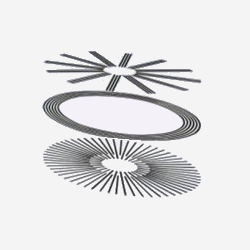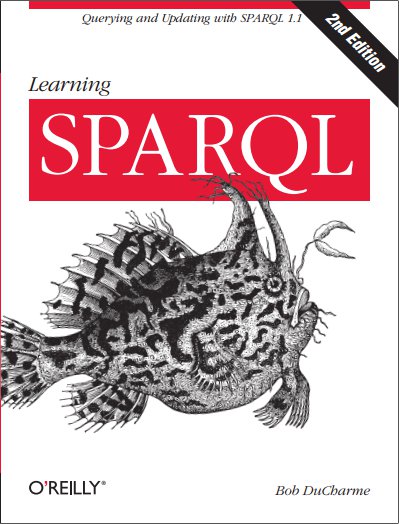In my last blog entry, What is RDFS?, I described how the RDF Schema language lets you define RDF vocabularies, with the definitions themselves being RDF triples. We saw how simple class and property name definitions in a schema can, as machine-readable documentation for a dataset’s structure, provide greater interoperability for data and applications built around the same domain. Today we’ll look at how RDF schemas can store additional kinds of valuable information to add to what we…
RDFS, or RDF Schema, is a W3C standard specialized vocabulary for describing RDF vocabularies and data models. Before I discuss it further, though, I’d like to explain why the use of standardized, specialized vocabularies (whether RDFS itself or a vocabulary that someone uses RDFS to describe) can be useful beyond the advantages of sharing a vocabulary with others for easier interoperability.
I originally planned to title this “Partial schemas!” but as I assembled the example I realized that in addition to demonstrating the value of partial, incrementally-built schemas, the steps shown below also show how inferencing with schemas can implement transformations that are very useful in data integration. In the right situations this can be even better than SPARQL, because instead of using code—whether procedural or declarative—the transformation is driven by the data model…

